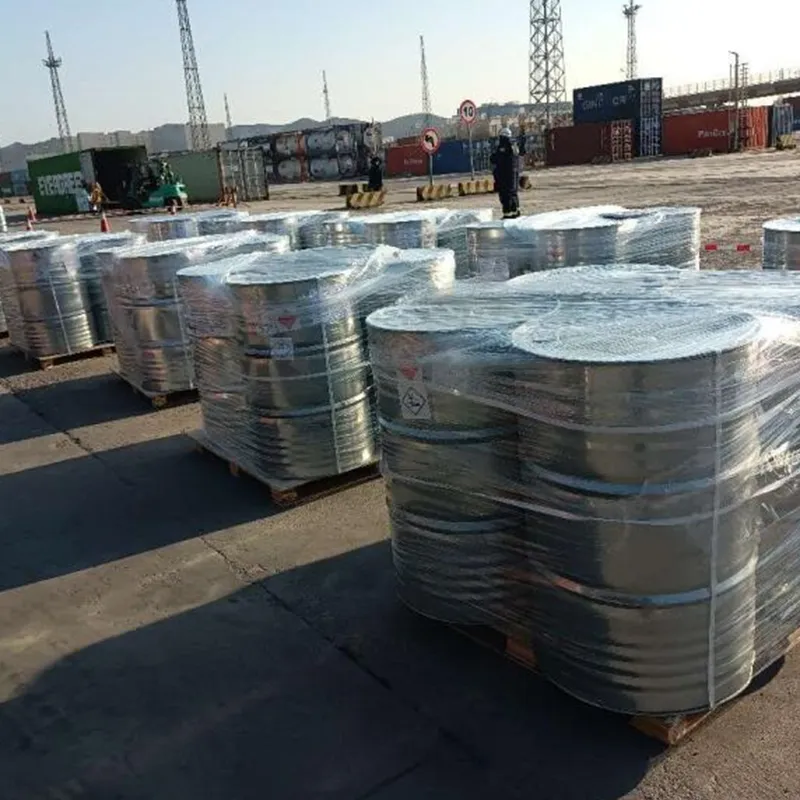
Comprehensive Overview of Various Chemicals Used in Mining Operations and Their Applications
The Role of Mining Chemicals in the Extraction Process
Mining is a crucial activity that fuels our modern economy, providing essential minerals and resources required for various industries. However, the process of extracting these resources is intricate and requires the use of various chemicals that aid in enhancing efficiency, safety, and environmental sustainability. This article explores the range of chemicals used in mining, their functionalities, and their significance in the mining industry.
One of the primary categories of mining chemicals is flotation reagents. These chemicals are essential in the separation of valuable minerals from ores. Flotation involves adding chemicals to a slurry which selectively binds to mineral particles, allowing them to be carried to the surface and collected as a concentrate. Common flotation reagents include collectors, frothers, and modifiers. Collectors, such as xanthates and dithiophosphates, enhance the hydrophobic properties of target minerals, making them more buoyant. Frothers, like methyl isobutyl carbinol, are used to stabilize the foam produced during flotation, while modifiers adjust pH levels to optimize the separation process.
The Role of Mining Chemicals in the Extraction Process
Moreover, the use of leaching agents is pivotal in mining operations, particularly in gold and copper extraction. Cyanide is the most widely known leaching agent used to dissolve gold from ore, although its toxicity raises environmental and safety concerns. To address these issues, researchers are increasingly looking for eco-friendly alternatives, such as thiosulfate or halides, that can effectively leach gold without the environmental risks associated with cyanide.
list of mining chemicals

In addition to these agents, flocculants play a crucial role in the mining process. They are used in the thickening and dewatering stages, helping to separate solid particles from liquids. Flocculants, typically polyacrylamides, promote the aggregation of fine particles, forming a sediment that can be removed. This not only enhances water recovery in tailings management but also reduces the overall environmental footprint of mining activities.
Another important aspect of mining chemicals is their role in stabilizing waste materials. Tailings, which are the residual materials left after ore extraction, can pose significant environmental hazards if not managed properly. Chemical agents can be employed to stabilize tailings, minimizing the leaching of harmful substances into the environment. For instance, adding lime to tailings can neutralize acidity, while binding agents can help solidify the materials, preventing airborne dust and contamination of water sources.
Finally, the mining industry's ongoing innovation in chemical technologies is crucial for sustainable practices. With increasing regulatory scrutiny and societal demands for greener mining operations, there is a continuous push to develop chemistries that minimize environmental impacts while maximizing mineral recovery. This includes biodegradable reagents, less toxic alternatives, and processes that consume less energy and water.
In conclusion, mining chemicals are indispensable tools in the modern mining industry. From flotation reagents to leaching agents and flocculants, these compounds significantly enhance the efficiency and sustainability of mineral extraction. As the industry moves towards more responsible practices, the development and application of innovative chemicals will play a vital role in ensuring that mining remains an environmentally and economically viable activity.
-
nitrile-rubber-honoring-strict-production-standardsNewsAug.22,2025
-
aspartame-ingredients-honoring-food-safety-valuesNewsAug.22,2025
-
fertilizer-for-balanced-plant-nutritionNewsAug.22,2025
-
cyanide-gold-processing-with-high-purity-additivesNewsAug.22,2025
-
formic-acid-in-textile-dyeing-applicationsNewsAug.22,2025
-
aluminum-hydroxide-gel-in-skincare-productsNewsAug.22,2025
-
Regulatory Compliance for Global Mining Chemicals UseNewsAug.12,2025
Hebei Tenger Chemical Technology Co., Ltd. focuses on the chemical industry and is committed to the export service of chemical raw materials.
-

view more DiethanolisopropanolamineIn the ever-growing field of chemical solutions, diethanolisopropanolamine (DEIPA) stands out as a versatile and important compound. Due to its unique chemical structure and properties, DEIPA is of interest to various industries including construction, personal care, and agriculture. -

view more TriisopropanolamineTriisopropanolamine (TIPA) alkanol amine substance, is a kind of alcohol amine compound with amino and alcohol hydroxyl, and because of its molecules contains both amino and hydroxyl. -

view more Tetramethyl Thiuram DisulfideTetramethyl thiuram disulfide, also known as TMTD, is a white to light-yellow powder with a distinct sulfur-like odor. It is soluble in organic solvents such as benzene, acetone, and ethyl acetate, making it highly versatile for use in different formulations. TMTD is known for its excellent vulcanization acceleration properties, which makes it a key ingredient in the production of rubber products. Additionally, it acts as an effective fungicide and bactericide, making it valuable in agricultural applications. Its high purity and stability ensure consistent performance, making it a preferred choice for manufacturers across various industries.





